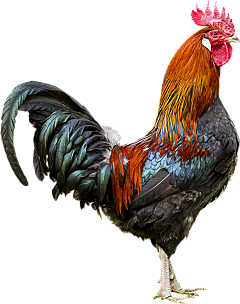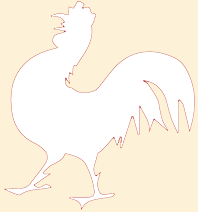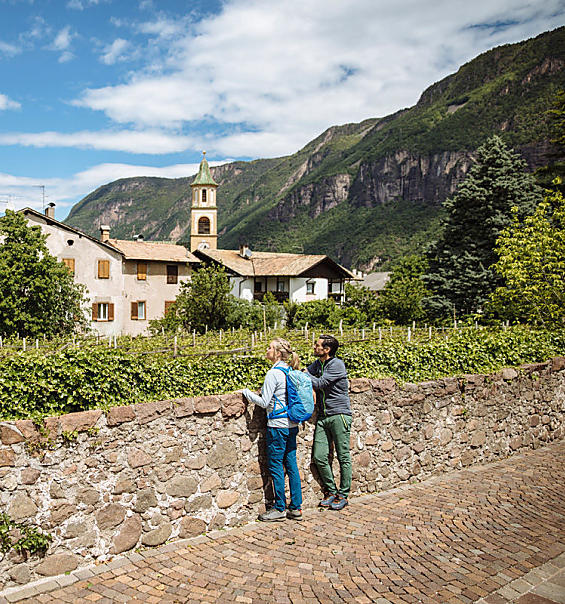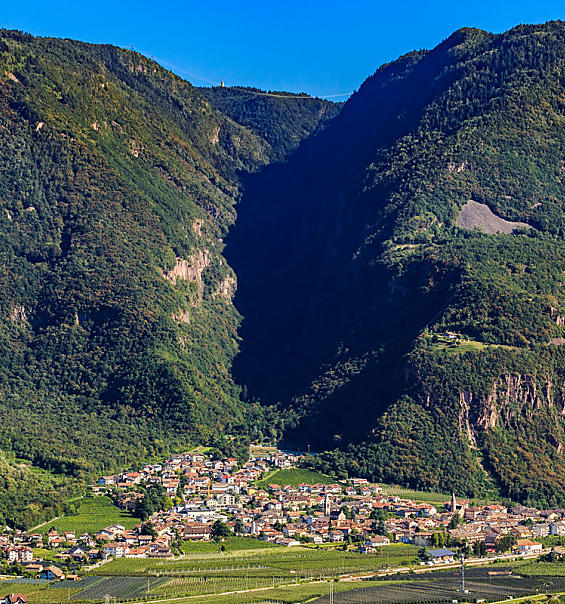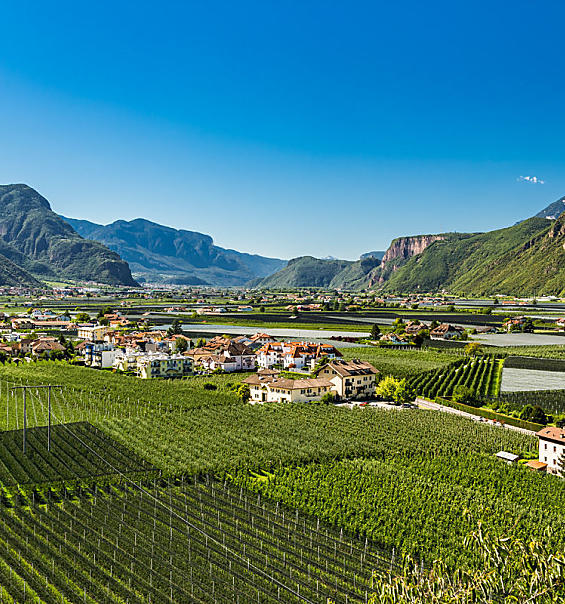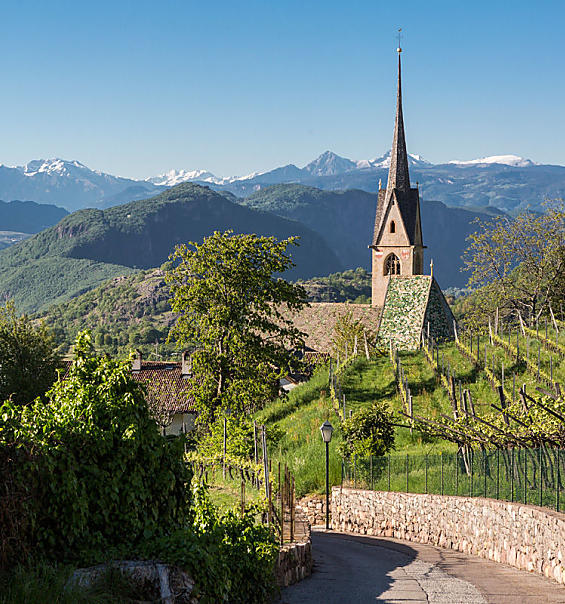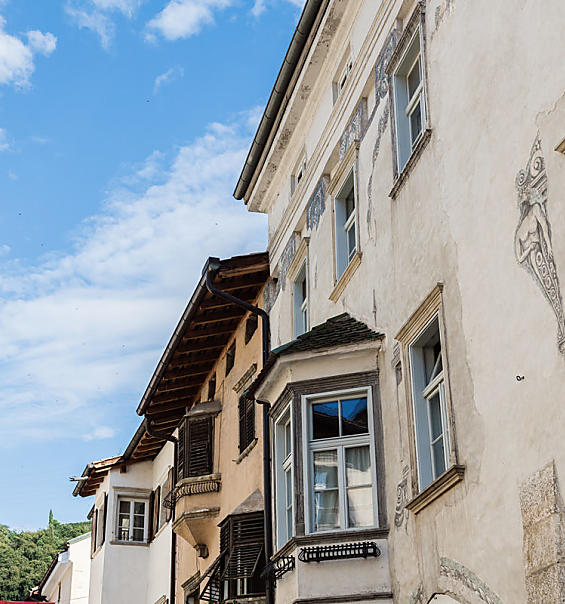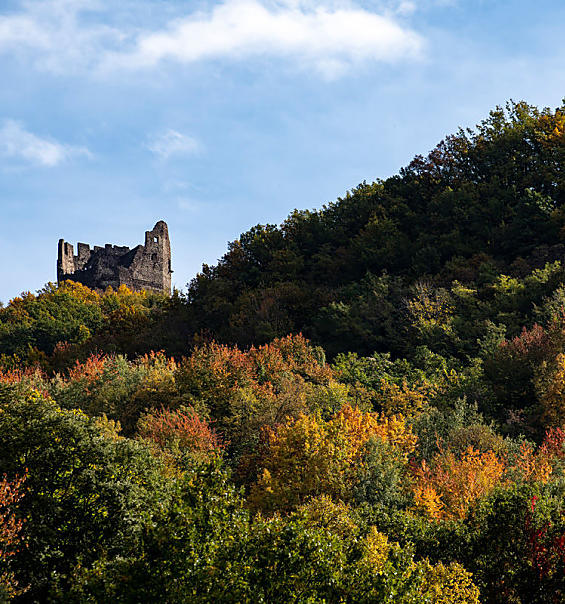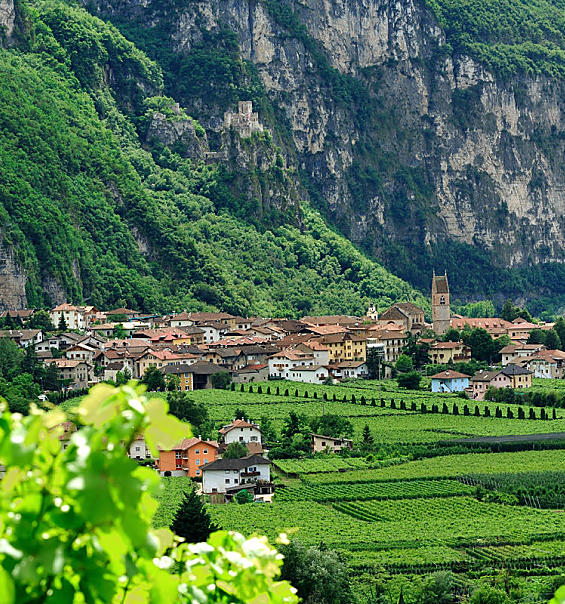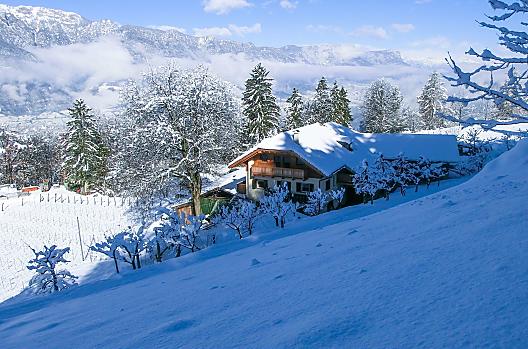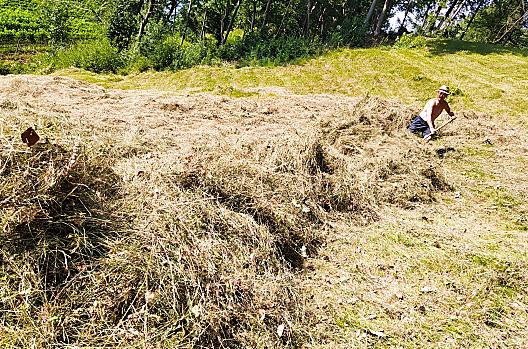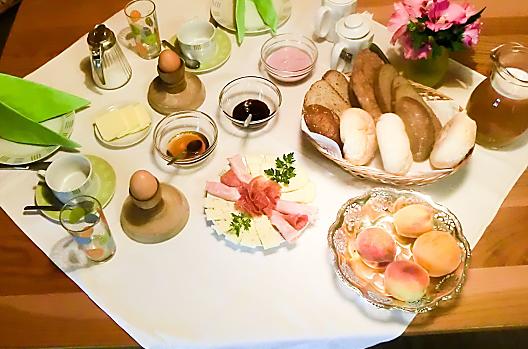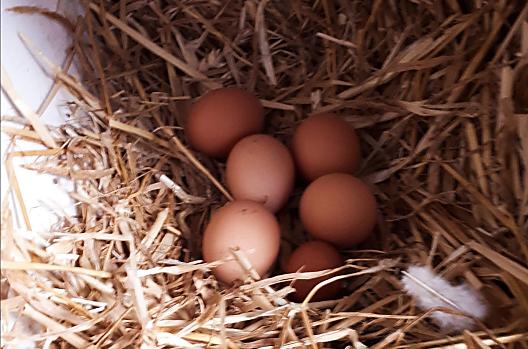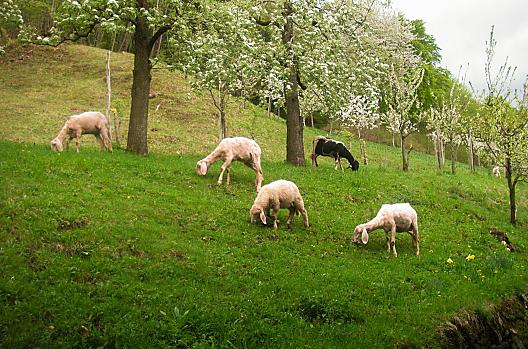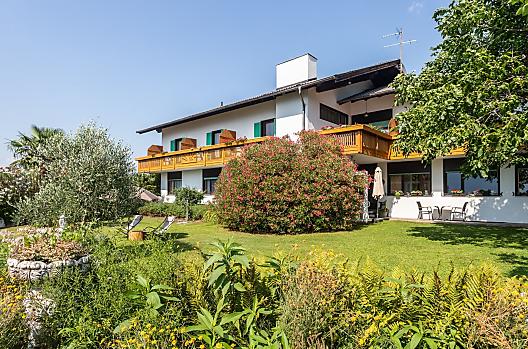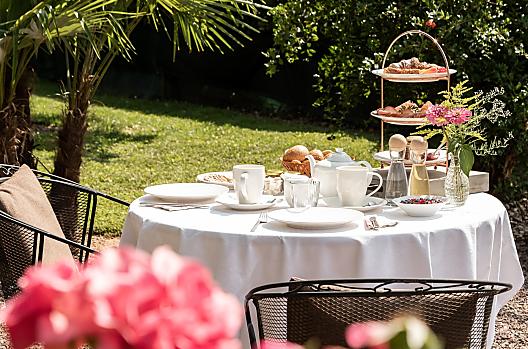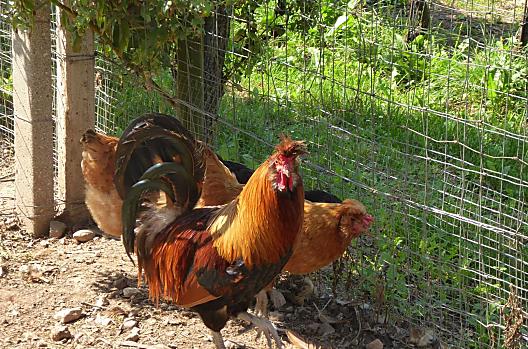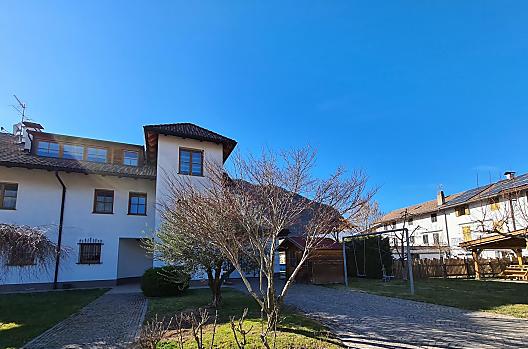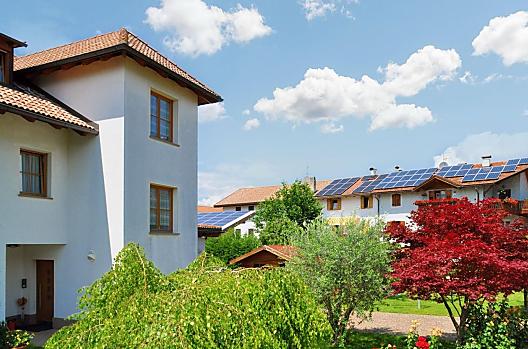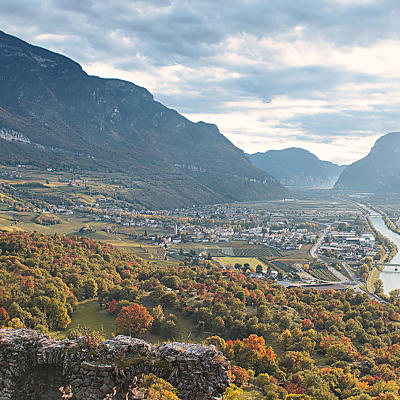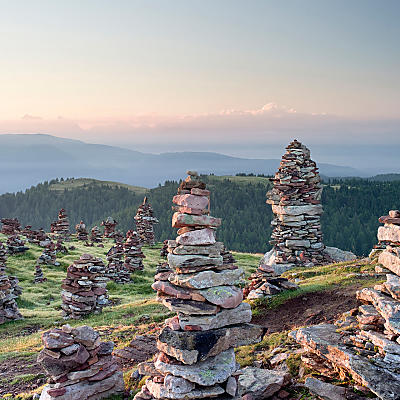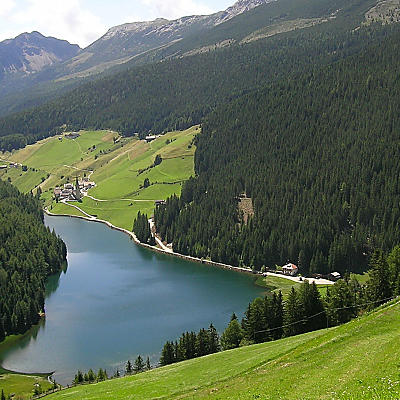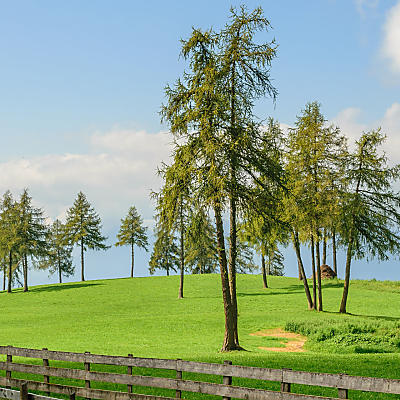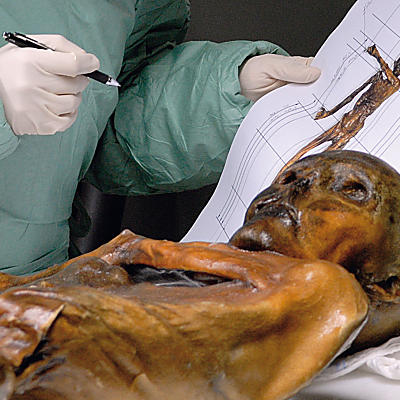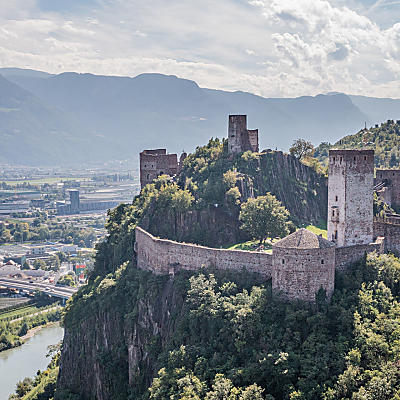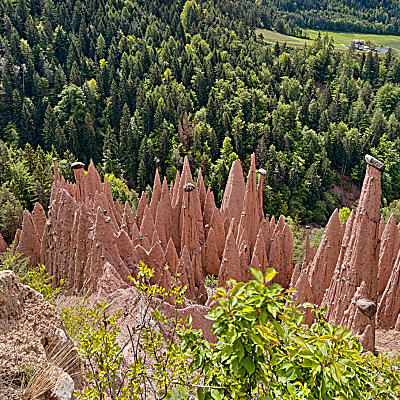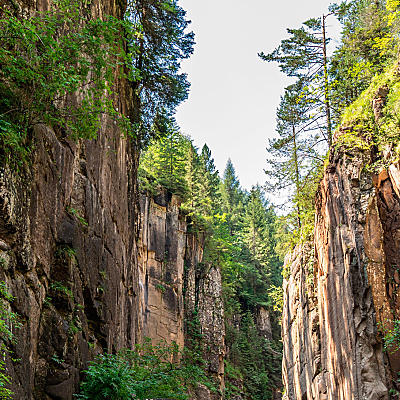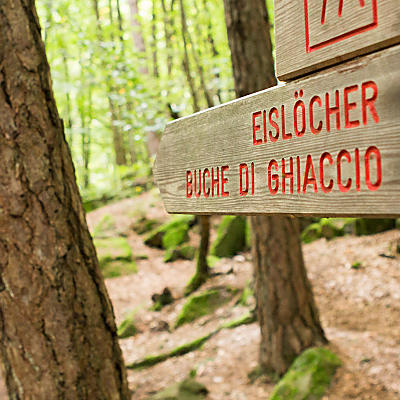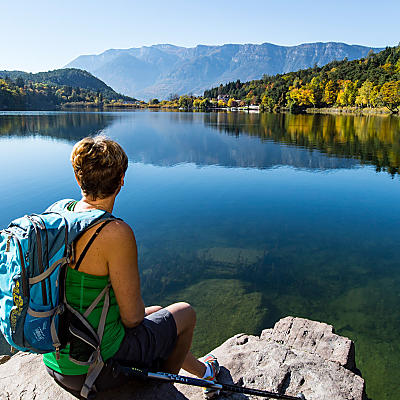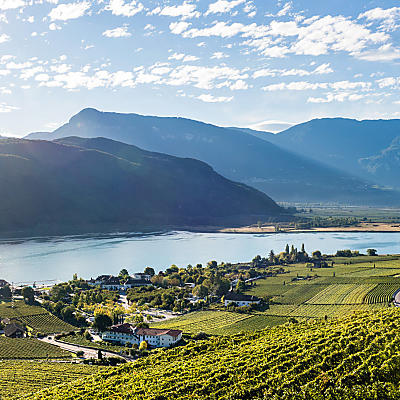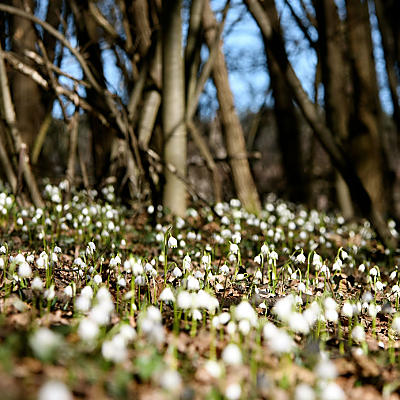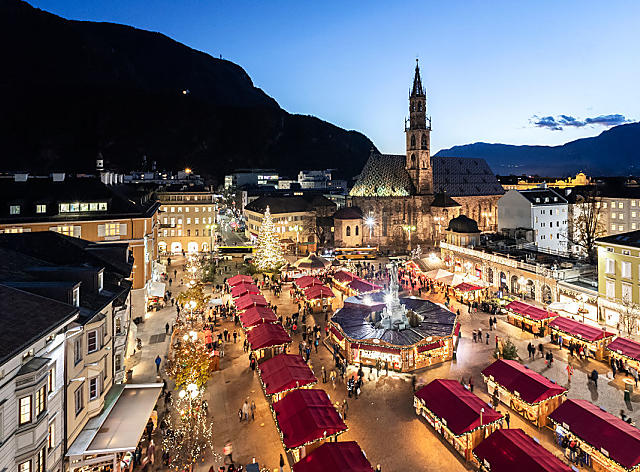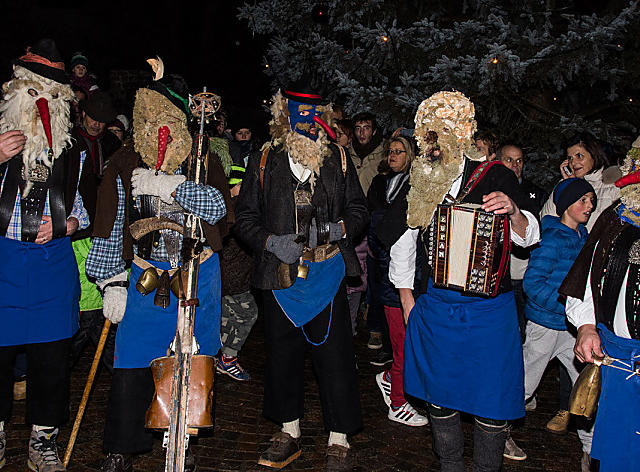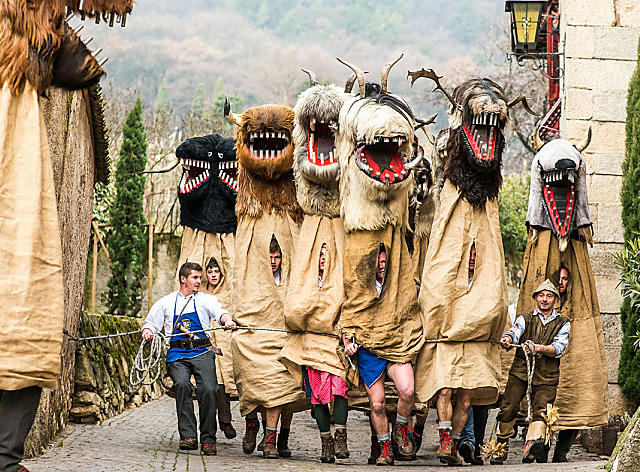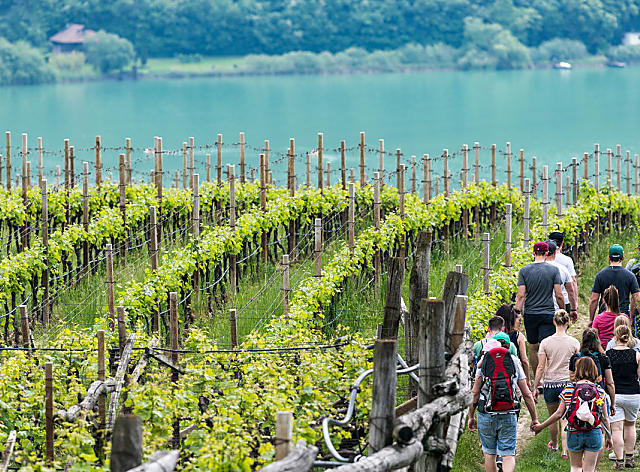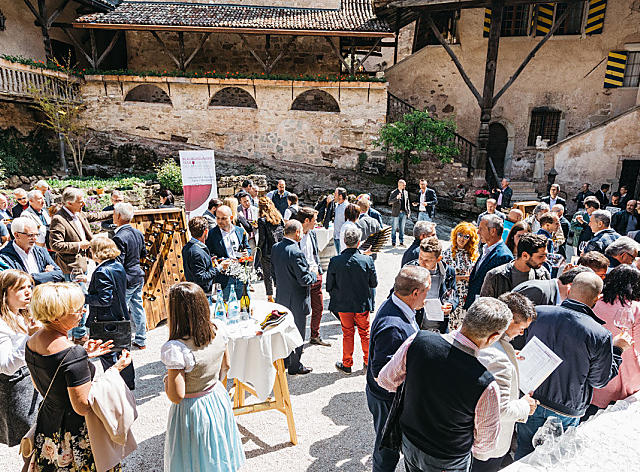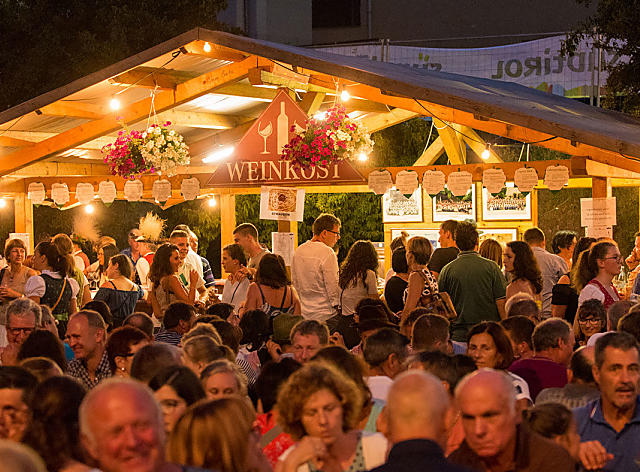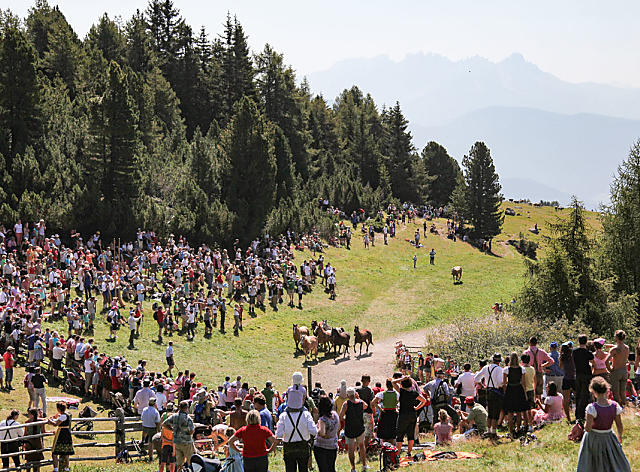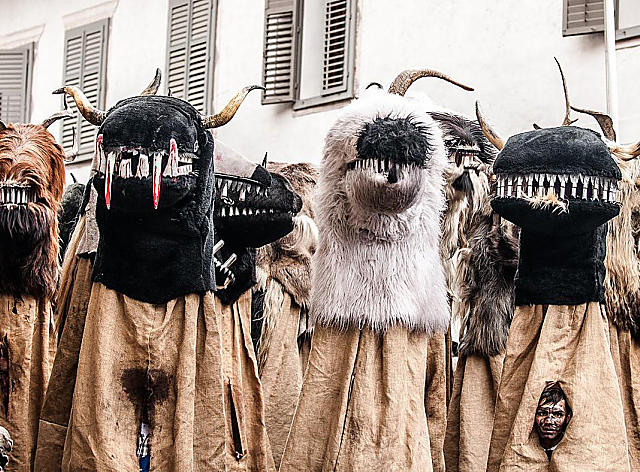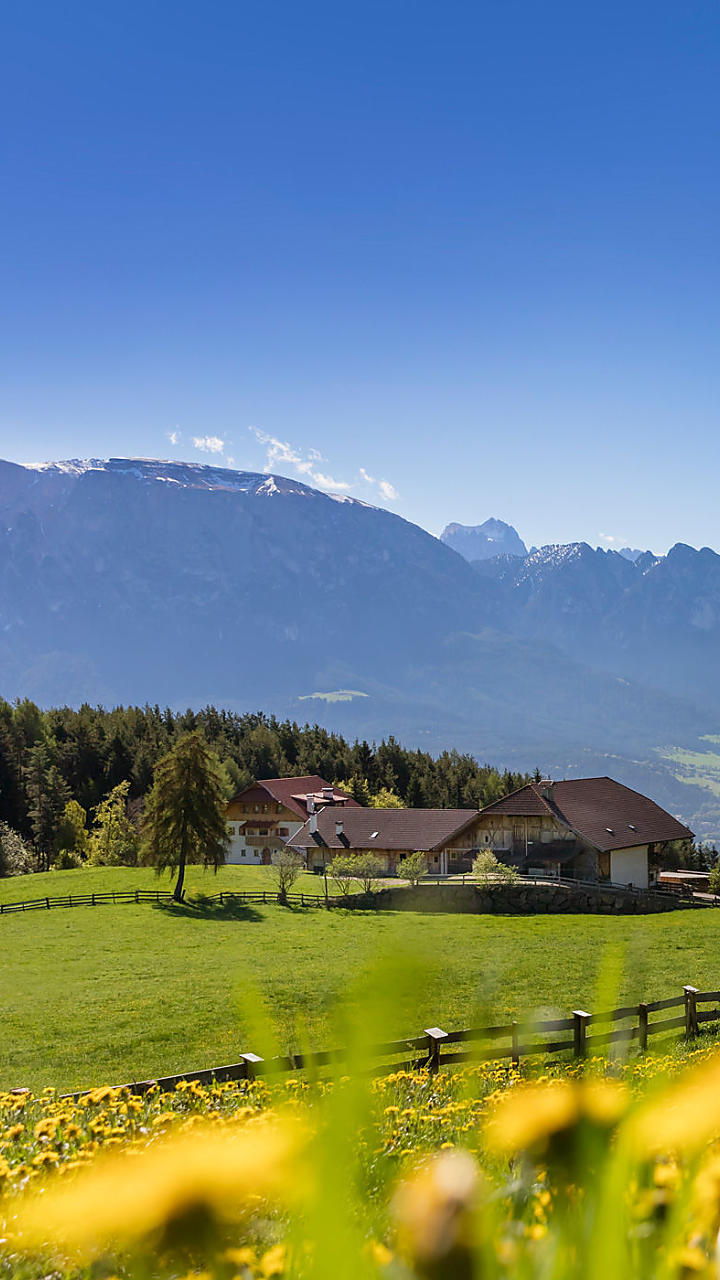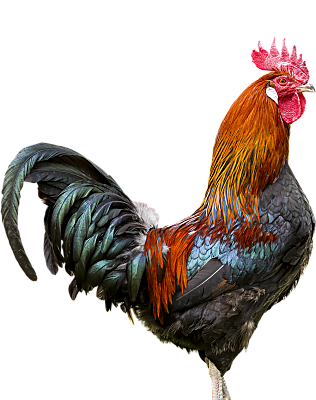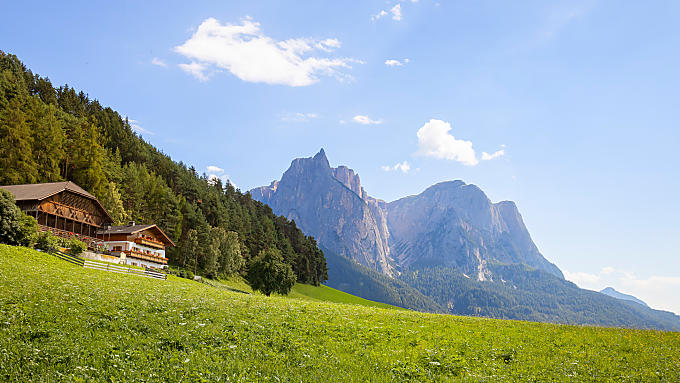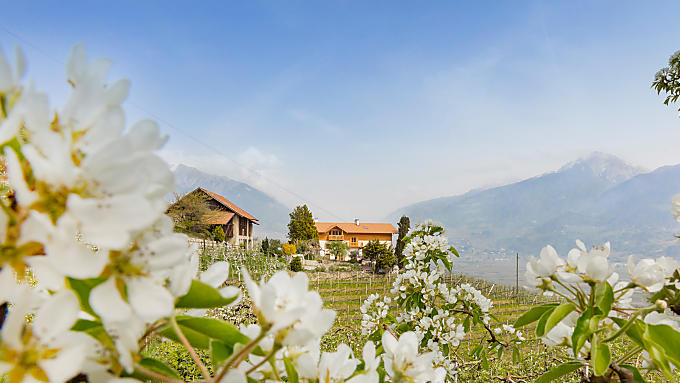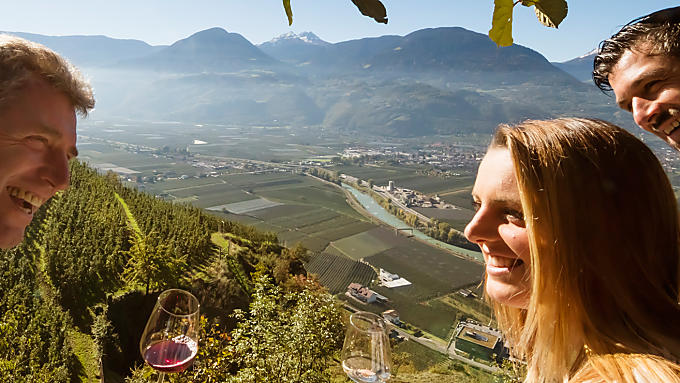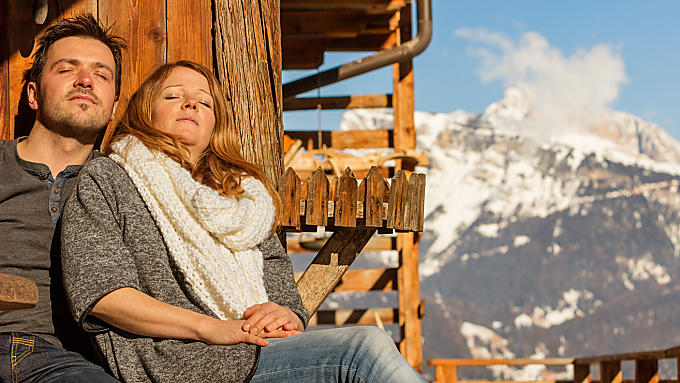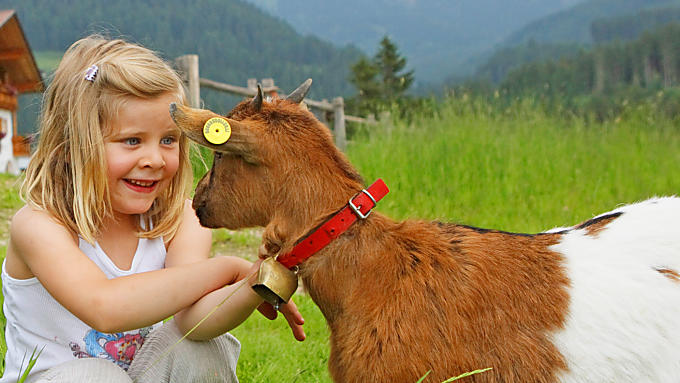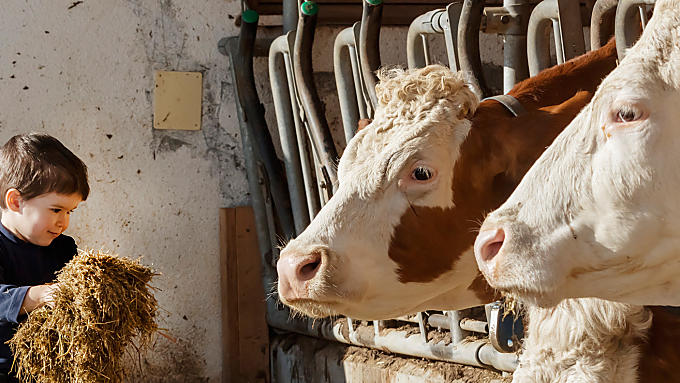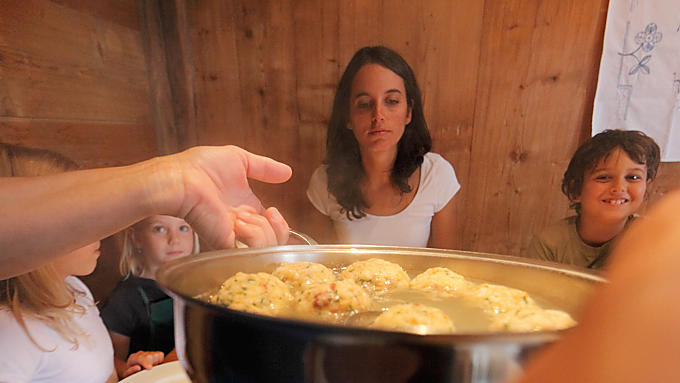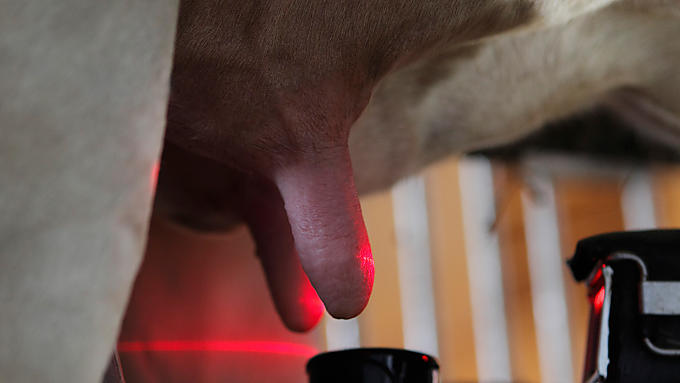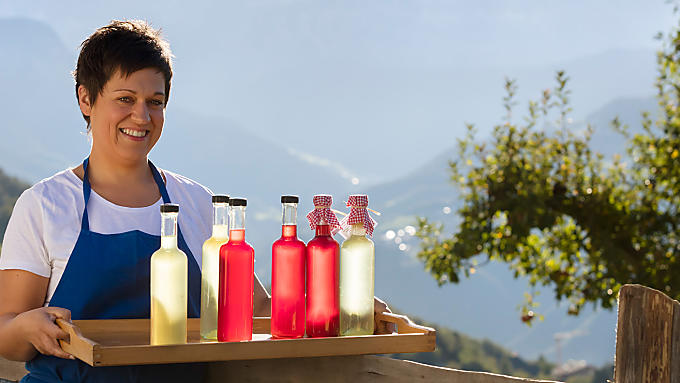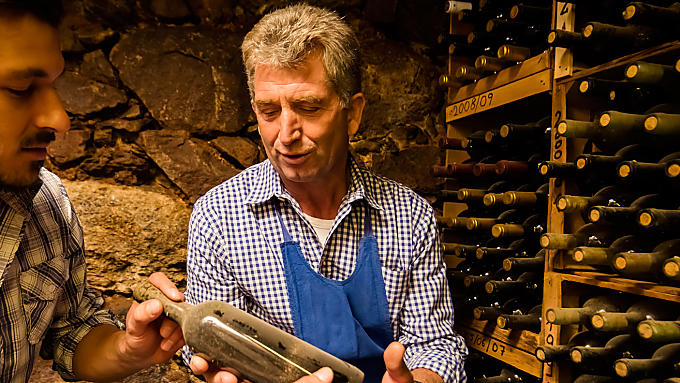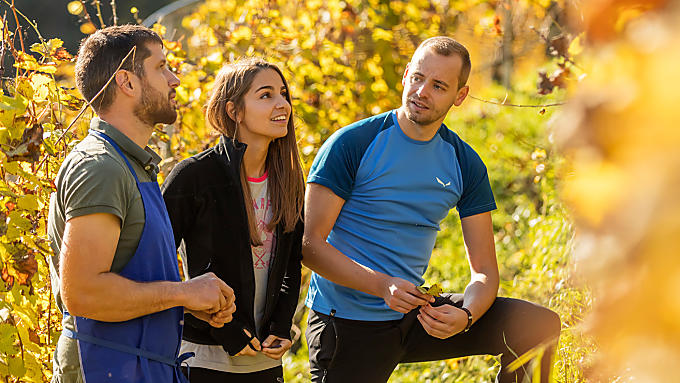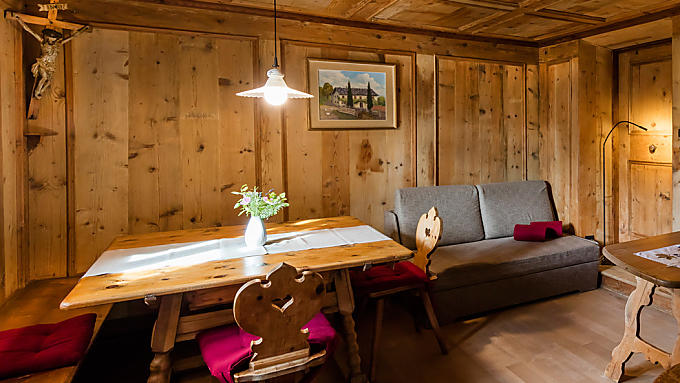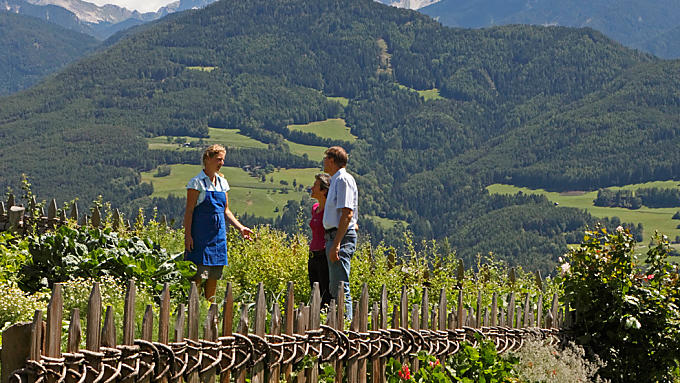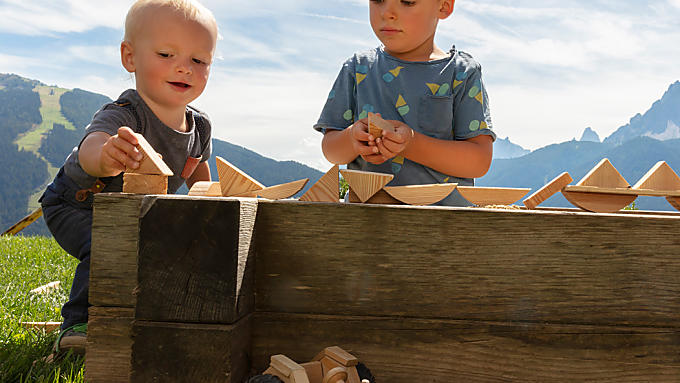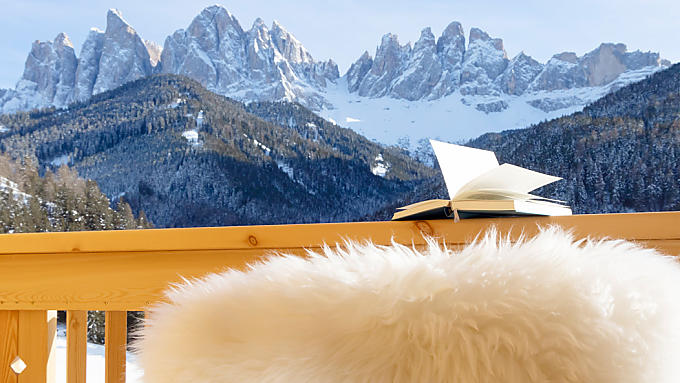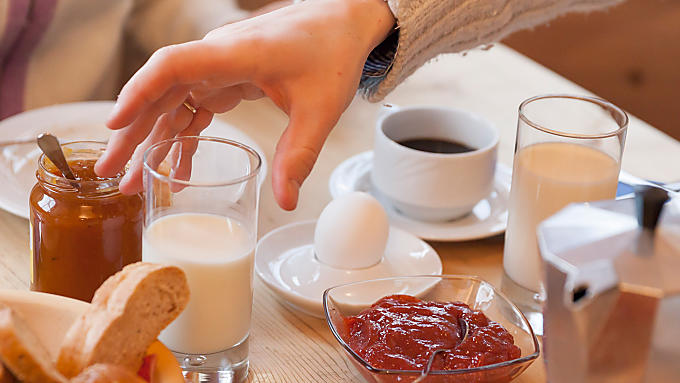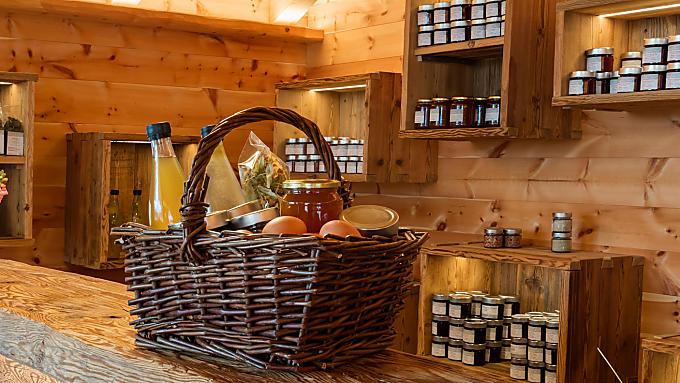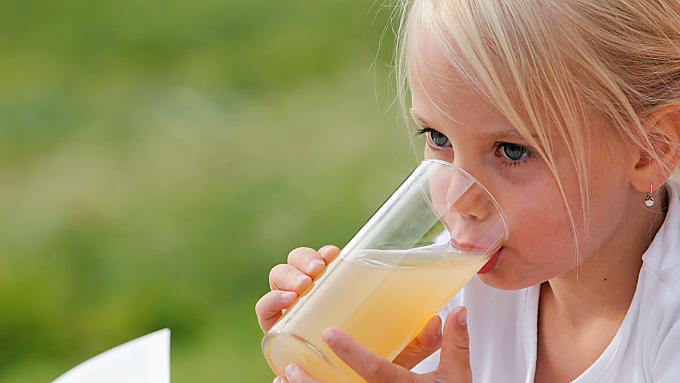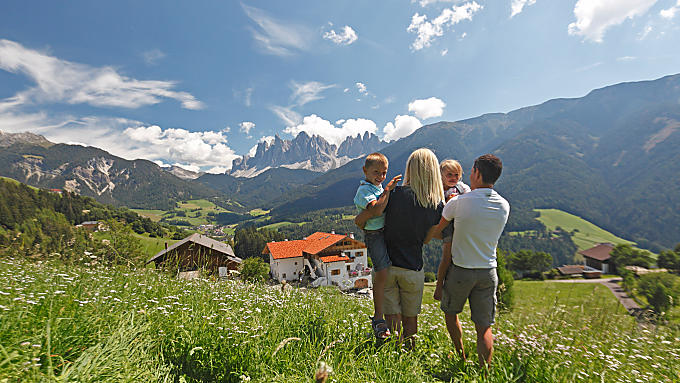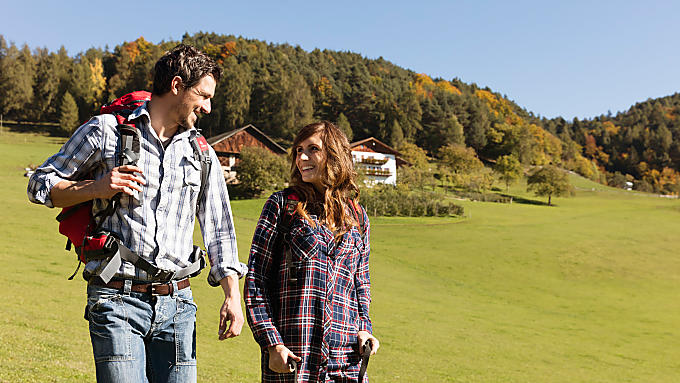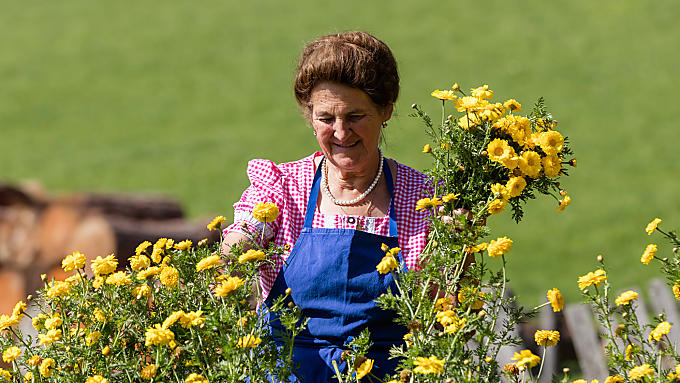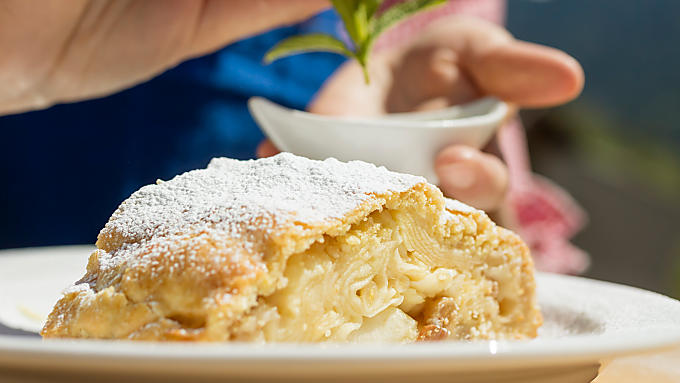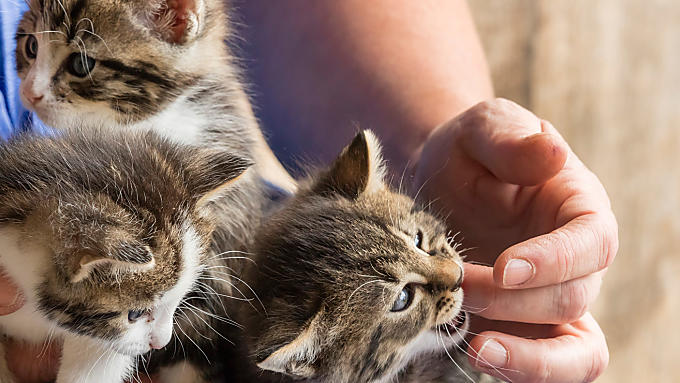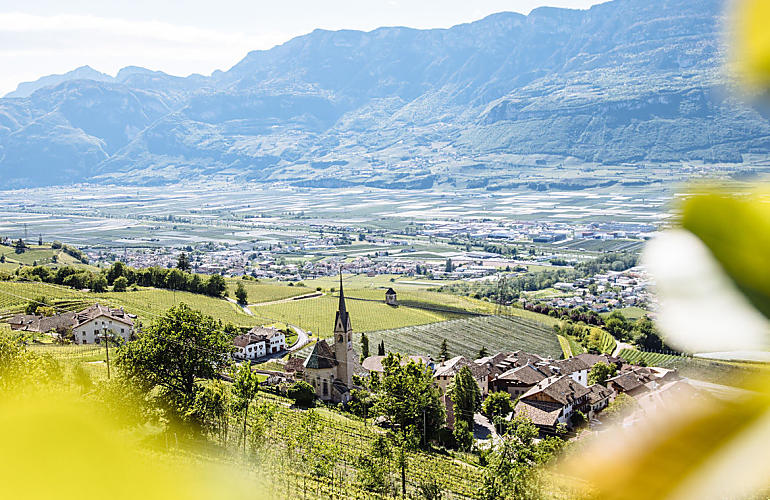
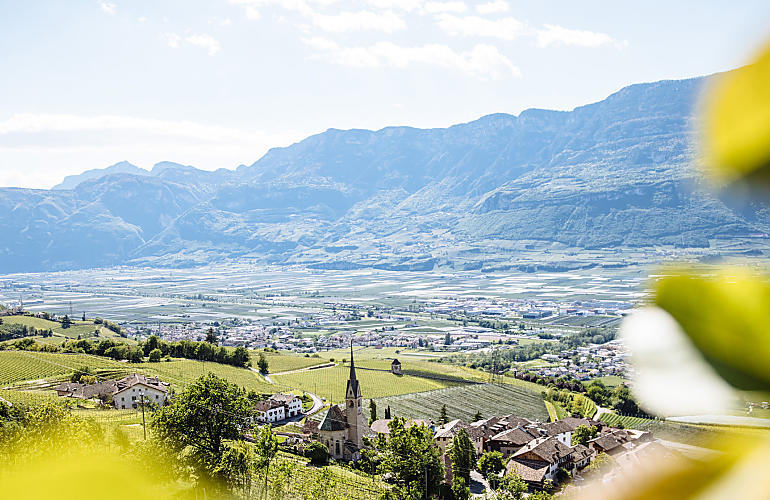
At the core of the apple orchards
A place of adventure
Farm Holidays in South Tyrol's southern tip
A Farm Holiday in the southernmost 'tip' of South Tyrol. This may sound a little remote. This is by no means the case.
South Tyrol's southernmost south is not a remote spot where no one has ever set foot at all. Over the course of time, the Unterland area, which has the Etsch river running through it, was an important bridge between north and south Europe. The Roman culture and trading route, via Claudia Augusta, ran through this area back in Roman times. After this, the Etsch river valley south of Bozen was a major leg on lots of trade routes.
A Farm Holiday in the southernmost 'tip' of South Tyrol. This may sound a little remote. This is by no means the case.
South Tyrol's southernmost south is not a remote spot where no one has ever set foot at all. Over the course of time, the Unterland area, which has the Etsch river running through it, was an important bridge between north and south Europe. The Roman culture and trading route, via Claudia Augusta, ran through this area back in Roman times. After this, the Etsch river valley south of Bozen was a major leg on lots of trade routes.
The lively cultural exchange encouraged by trade has led to the area having a unique linguistic feature: with the exception of Bozen, most of the few municipalities of South Tyrol with Italian-speakers majorities may be found here.
Border country
Leifers – the youngest town of South Tyrol – is a good example of the mix of Austro-German and Italian culture. A mixed type of dialect is spoken here that even other South Tyroleans sometimes have problems understanding. South Tyrol's southernmost tip was born of the combination of north and south, for example, when it comes to the countryside. On the one hand, snow-covered slopes and mountain peaks dominate the landscape in winter. Dense woodland stretches up over 2,000 metres above sea level, just interrupted by a small hamlet or farmhouse here and there. On the other hand, the valley enjoys a mild, almost Mediterranean, climate that favours the extensive fruit and wine cultivation here. This southern face of the Unterland may be best experienced at Castelfeder. The vegetation on the hill between Auer, Montan and Neumarkt is reminiscent of the steppe-like landscape of Greece. Its top is crowned with lots of old ruins, which are worth the trip in themselves.
The mountain calls
This title of a film by the South Tyrolean director, Luis Trenker, should definitely be taken seriously here. Countless hiking paths lure hikers out of their holiday flats or rooms in South Tyrol's southern tip, as nature reveals itself in all its variety here. As well as Castelfeder biotope, this applies to Trudner Horn Nature Park, which features an unusually wide variety of animal and plant life. This may be explored by means of 400 kilometres of marked hiking paths. As the many municipalities such as Montan, Neumarkt and Salurn border with the Nature Park, you are practically already there at the start. A hike through the UNESCO World Natural Heritage Site, the Bletterbachschlucht gorge, which provides a window into the earth's history, should be on your to-do list. If you prefer getting around by bike, there's nothing to stop you, as the cycle path network has been widely extended over the last few decades. A tour on the Etsch river cycle path or the route of the old Fleimstal railway line are great for discovering the countryside. A bike ride from Pfatten to the Kalterer See lake or the lakes at Montiggl will provide welcome watery refreshment as well as beautiful mountain and lake scenery after a day in the saddle.
Traditional village centres
Nature has not always been on its best behaviour in the Unterland area of South Tyrol. Most villages like Auer or Neumarkt suffered repeated flooding by the Etsch river and had to be rebuilt. However, it is this situation that Neumarkt has to thank for its being awarded the accolade of 'Prettiest Village in Italy' in 2014. The traditional village centre with its pleasant 'Lauben'-style arcades and old houses reminiscent of Venetian dwellings mainly contributed towards this. The centres of Salurn and Auer were also able to keep their original charm. Haderburg castle lies above Salurn, which provides a medieval backdrop to lots of events all year round.
The second side of culture
Culture does not just mean history, but should be an experience, too. This is definitely borne out in the Unterland of South Tyrol. Lots of traditional festivals and village fetes, such as the 'Altmauerfest' in Auer and the 'Laubenfest' in Neumarkt in May and August fill the village streets with life. 'Perkeos Maschggra', taking place every two years at Carnival time in February sees the whole village being turned upside down.
The area is also well known for its wines and traditional wine cellars, which are celebrated accordingly. The 'Blauburgundertagen' in Montan and the 'Unterlandler Weinkosttagen' in Auer focus on this precious drink.
Why you should take a Farm Holiday in the south of South Tyrol:
- Mediterranean and Alpine landscape and culture
- Trudner Horn Nature Park
- Castelfeder hilltop, Bletterbachschlucht gorge
The lively cultural exchange encouraged by trade has led to the area having a unique linguistic feature: with the exception of Bozen, most of the few municipalities of South Tyrol with Italian-speakers majorities may be found here.
Border country
Leifers – the youngest town of South Tyrol – is a good example of the mix of Austro-German and Italian culture. A mixed type of dialect is spoken here that even other South Tyroleans sometimes have problems understanding. South Tyrol's southernmost tip was born of the combination of north and south, for example, when it comes to the countryside. On the one hand, snow-covered slopes and mountain peaks dominate the landscape in winter. Dense woodland stretches up over 2,000 metres above sea level, just interrupted by a small hamlet or farmhouse here and there. On the other hand, the valley enjoys a mild, almost Mediterranean, climate that favours the extensive fruit and wine cultivation here. This southern face of the Unterland may be best experienced at Castelfeder. The vegetation on the hill between Auer, Montan and Neumarkt is reminiscent of the steppe-like landscape of Greece. Its top is crowned with lots of old ruins, which are worth the trip in themselves.
The mountain calls
This title of a film by the South Tyrolean director, Luis Trenker, should definitely be taken seriously here. Countless hiking paths lure hikers out of their holiday flats or rooms in South Tyrol's southern tip, as nature reveals itself in all its variety here. As well as Castelfeder biotope, this applies to Trudner Horn Nature Park, which features an unusually wide variety of animal and plant life. This may be explored by means of 400 kilometres of marked hiking paths. As the many municipalities such as Montan, Neumarkt and Salurn border with the Nature Park, you are practically already there at the start. A hike through the UNESCO World Natural Heritage Site, the Bletterbachschlucht gorge, which provides a window into the earth's history, should be on your to-do list. If you prefer getting around by bike, there's nothing to stop you, as the cycle path network has been widely extended over the last few decades. A tour on the Etsch river cycle path or the route of the old Fleimstal railway line are great for discovering the countryside. A bike ride from Pfatten to the Kalterer See lake or the lakes at Montiggl will provide welcome watery refreshment as well as beautiful mountain and lake scenery after a day in the saddle.
Traditional village centres
Nature has not always been on its best behaviour in the Unterland area of South Tyrol. Most villages like Auer or Neumarkt suffered repeated flooding by the Etsch river and had to be rebuilt. However, it is this situation that Neumarkt has to thank for its being awarded the accolade of 'Prettiest Village in Italy' in 2014. The traditional village centre with its pleasant 'Lauben'-style arcades and old houses reminiscent of Venetian dwellings mainly contributed towards this. The centres of Salurn and Auer were also able to keep their original charm. Haderburg castle lies above Salurn, which provides a medieval backdrop to lots of events all year round.
The second side of culture
Culture does not just mean history, but should be an experience, too. This is definitely borne out in the Unterland of South Tyrol. Lots of traditional festivals and village fetes, such as the 'Altmauerfest' in Auer and the 'Laubenfest' in Neumarkt in May and August fill the village streets with life. 'Perkeos Maschggra', taking place every two years at Carnival time in February sees the whole village being turned upside down.
The area is also well known for its wines and traditional wine cellars, which are celebrated accordingly. The 'Blauburgundertagen' in Montan and the 'Unterlandler Weinkosttagen' in Auer focus on this precious drink.
Why you should take a Farm Holiday in the south of South Tyrol:
- Mediterranean and Alpine landscape and culture
- Trudner Horn Nature Park
- Castelfeder hilltop, Bletterbachschlucht gorge
The place at a glance
South Tyrol's southern tip
Farm search
Holiday farms in South Tyrol's southern tip
Highlights & events
Sheer variety in South Tyrol's southern tip
Highlights
Events

